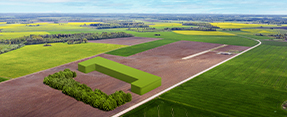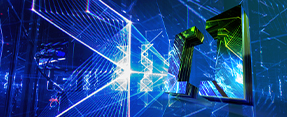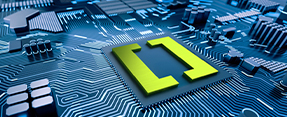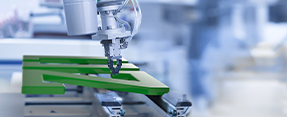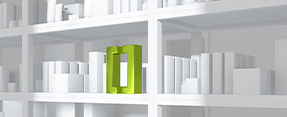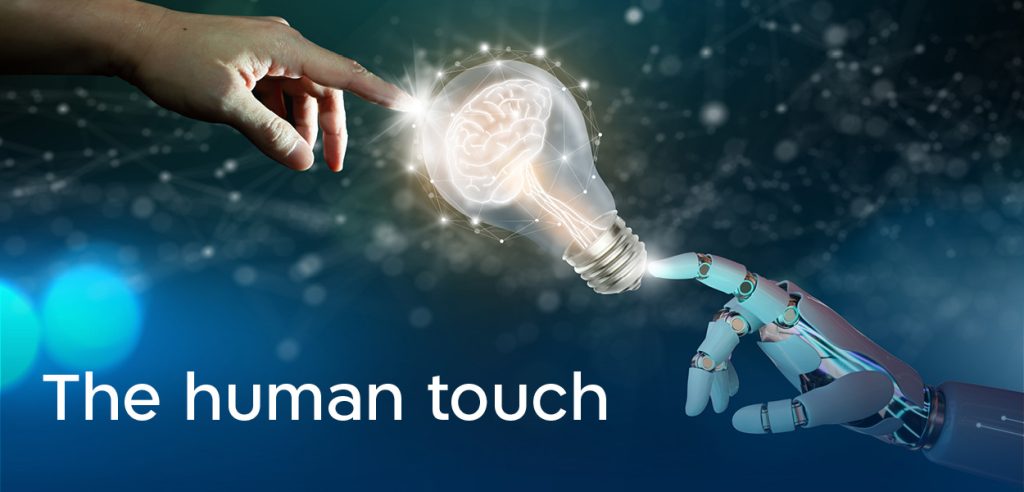Yoav Sondak

Senior UX/UI Designer at OZ Global
Yoav Sondak Recent Posts
Will AI Replace Designers or Serve as Their Creative Allies?
By
Yoav Sondak
, 21/02/2024
Will AI replace designers, or will it become their indispensable assistant? Can anyone become a designer with AI's help? Discover Yoav's insights after extensive experimentation with AI tools, and learn what AI itself has to say about the matter
min read
As designers, AI is having a significant impact on the way we work. Designers have been using AI tools available in widely used design software such as Adobe Photoshop and Illustrator for some time. In OZ’s design department, we’ve also experimented with a variety of dedicated AI image generators, such as Midjourney, DALL·E 2, and eluna.ai. New applications are popping up all the time, so it’s worth trying them out and comparing them, to see what works best.
Since this article is about AI, let’s get some input from ChatGPT about the benefits of integrating AI capabilities into software design tools: “It’s not only enhanced the capabilities of designers but has also redefined the creative process, ushering in a new era of efficiency and innovation.” So far, so good.
While there are lots of advantages to using AI in design work, here are some key features:
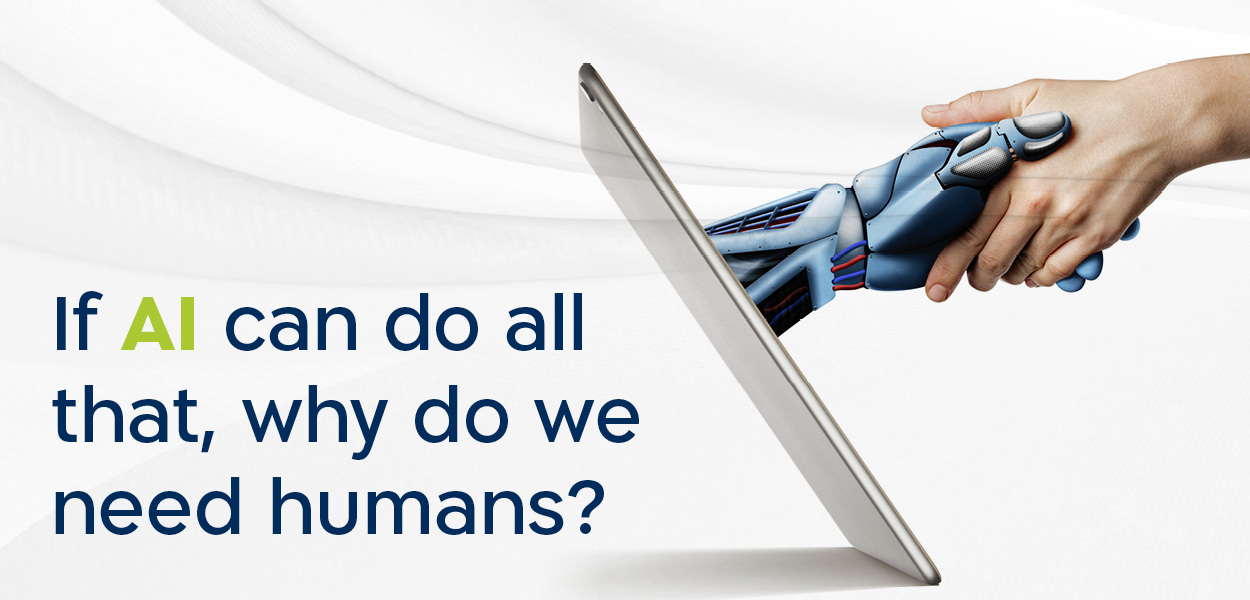
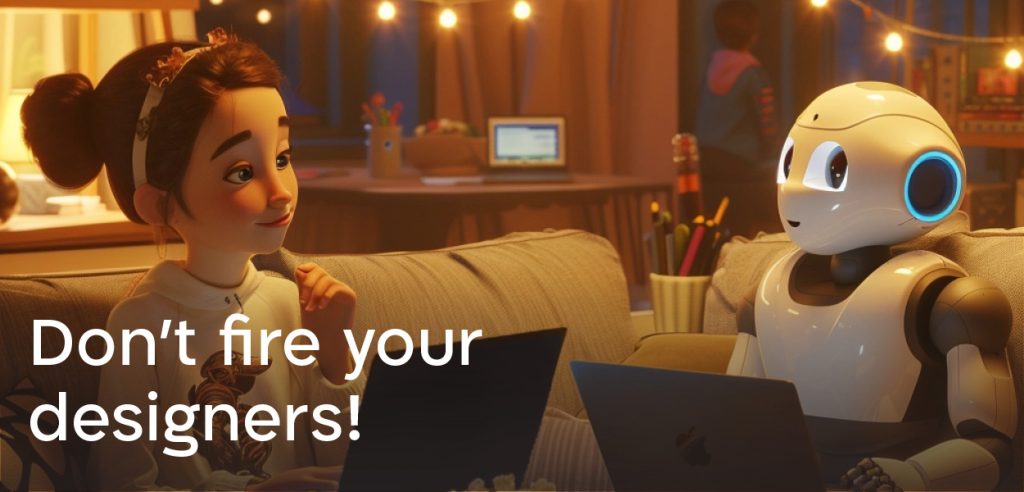
- Automated image editing features — analyzes images to intelligently suggest enhancements and automatically makes adjustments such as color neutralizers and detail enhancers. This speeds up the editing process and is a valuable resource if you’re looking for inspiration or need to make quick refinements.
- Content-aware fill and object removal tools — by understanding the content of the image, it enables you to easily remove unwanted objects or fill in gaps within a scene. This allows greater flexibility and streamlines the editing workflow.
- Accelerates the ideation and iteration phases — lets you explore diverse concepts efficiently.
- Intelligent recommendations — makes suggestions for shapes, layouts, and color schemes based on the context of their project. This makes the conceptualization phase faster and may even help you overcome a creative block.
- Organization and management of design assets — automated tagging and content categorization make asset management easier and help you quickly navigate vast libraries of resources. It’s able to analyze vast datasets and identify patterns that we might miss.
- Rapid prototyping — enables quick experimentation with lots of variations.
Traditional graphic tools have also made huge strides
In recent years, existing software and applications we’ve been using for years have incorporated a variety of tools that shorten processes and streamline design work. Because designers can give online feedback, the tools' capabilities keep getting better. During image processing, design tools can complete missing details, increase resolution, carry out color corrections, and produce more controlled and accurate results. There are also lots of options for image manipulations and variations. These advances have meant that the time between planning and the finished product is much shorter, and have saved me and many others from a tiring technical struggle with traditional design tools. However, AI has added new superpowers which can create impressive artwork at warp speed.
If AI can do all that, why do we need humans?
While AI provides a broad range of design options and there is a wealth of tools to choose from, the act of selection and focus during the design process has become more challenging. The need to differentiate the customer’s brand, memorably present their messages, and tell their unique story means that every designer needs a clear understanding of what they want to create using the tools. Formulating the design prompt and selecting results, when every result seems to be ‘beautiful and impressive’, means that designers need to carefully examine what is ‘right and appropriate’ — and ask themselves what will yield the desired results. It’s the same question that we’ve been asking for years when approaching a design task, long before AI tools entered our lives.The human touch
“While AI excels at generating designs based on existing patterns, it lacks the intrinsic understanding of cultural nuances, emotional subtleties, and context that human designers bring to the table,” responds ChatGPT, adding that design is not only about aesthetics but also about storytelling, conveying emotions, and understanding the audience – elements that are deeply embedded in human experience. It goes on to point out that the human mind possesses the ability to empathize, interpret abstract concepts, and infuse designs with cultural relevance. Designers are adept at translating complex ideas into visual narratives that resonate with people on a profound level. “The intangible aspects of creativity, intuition, and emotional intelligence are quintessentially human and crucial to the design process,” it notes.




